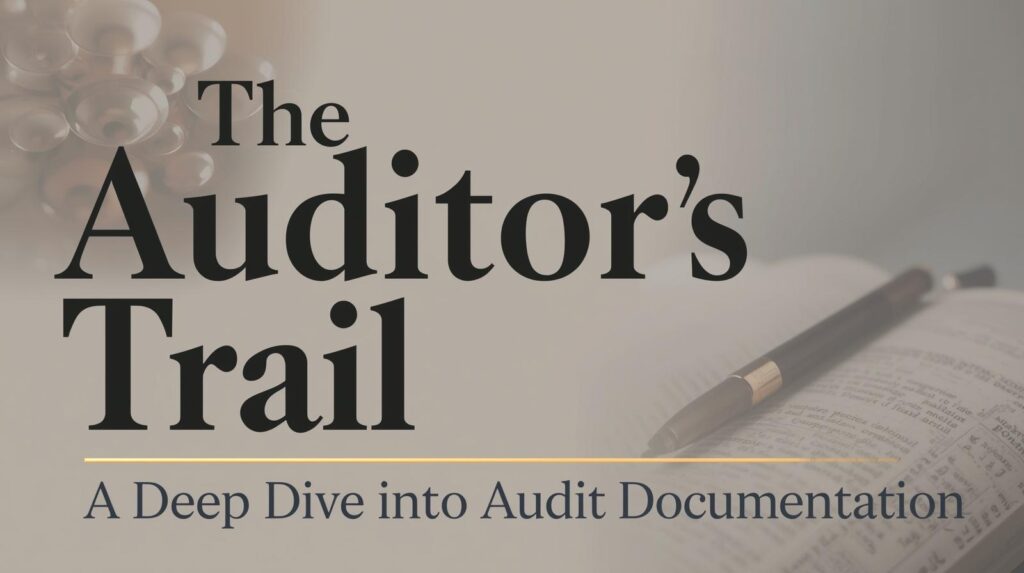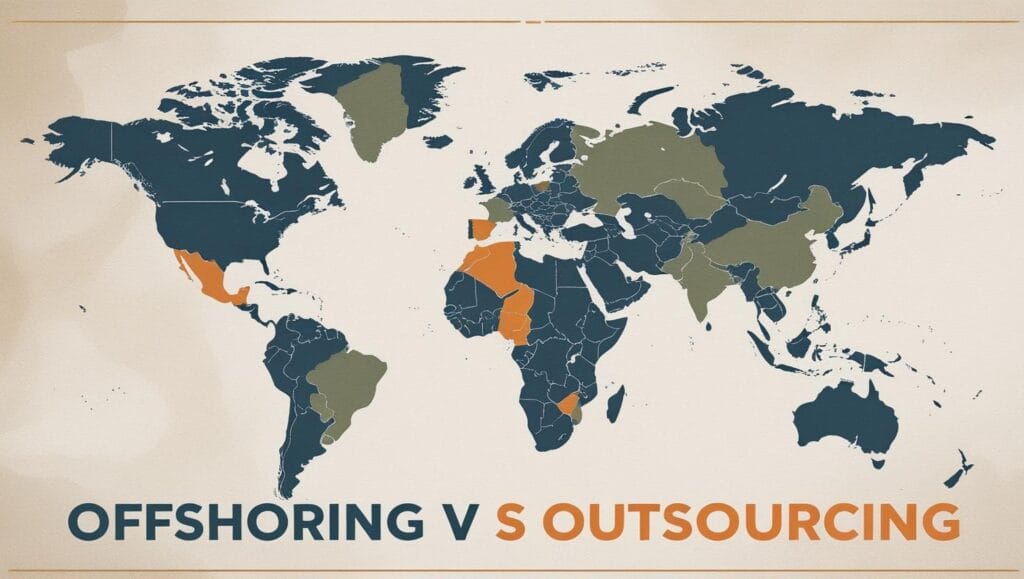Who Uses Accounting Information? A Guide to the Stakeholders of Your Business
Financial accounting is often called the “language of business.” But who is this language speaking to? Why do companies spend so much time and effort meticulously preparing financial statements? The reason is simple: a wide variety of people and organizations depend on this information to make critical decisions.
These stakeholders aren’t all looking for the same thing. Each group has its own unique set of questions and priorities. Understanding who these users are and what they need is fundamental to grasping the entire purpose of accounting.
Think of a company’s financial reports as a complex multi-tool. A manager might use the “screwdriver” of detailed cost reports for internal operations, while an investor uses the “magnifying glass” of the income statement to look for profit trends. Same tool, different applications.
The users of accounting information are broadly divided into two main categories: Internal Users and External Users. Let’s break down who belongs in each group and what they want to know.
Key Takeaways
- Two Main Groups: Users are classified as either Internal (inside the company) or External (outside the company).
- Internal Users Need Detail: They use detailed, timely, internal management reports to make daily operational decisions.
- External Users Need a Summary: They use general-purpose financial statements (like the annual report) to make decisions about the company as a whole.
- Different Questions, Same Source: While their questions differ, all users rely on information derived from the company’s core accounting system.
Internal Users: The People on the Inside
Internal users are the individuals working within the organization. They have direct access to detailed, customized accounting information that is not usually available to the public. This data helps them plan, organize, and run the business on a day-to-day basis.
💼Management
From the CEO to department heads and shift supervisors, management at all levels needs accounting data.
Primary Questions: “Are we meeting our budget? Which of our products is the most profitable? Can we afford to hire new staff? How can we reduce costs?”
💰Finance Department
The company’s own finance team (CFO, controller, treasurer) uses accounting information to manage the company’s cash flow and financial health.
Primary Questions: “Do we have enough cash to pay our bills and dividends? Should we seek new financing through debt or equity? How should we manage our investments?”
👥Human Resources
The HR department relies on financial data to manage payroll, benefits, and hiring plans.
Primary Questions: “How much did we spend on employee salaries and benefits last quarter? Can our financial performance support employee bonuses this year?”
🧑🔧Employees & Labor Unions
Employees are interested in the company’s stability and profitability to assess their job security and prospects for future pay raises and promotions. Unions use financial statements during contract negotiations.
Primary Questions: “Is the company profitable enough to afford a pay raise? Is my job secure? Is my pension plan adequately funded?”
External Users: The People on the Outside
External users are individuals and organizations outside of the company who need financial information but do not have direct access to its internal records. They rely on the general-purpose financial statements that companies publish, such as the Income Statement, Balance Sheet, and Statement of Cash Flows.
📈Investors (Current & Potential)
Shareholders and potential buyers of the company’s stock are perhaps the most prominent external users. Their goal is to assess the potential return and risk of their investment.
Primary Questions: “Is this company a good investment? What is its earning potential? Should I buy, hold, or sell its stock? Will it pay dividends?”
🏦Creditors & Lenders
Banks, suppliers, and other lenders need to determine a company’s creditworthiness before extending a loan or providing goods on credit.
Primary Questions: “Can this company pay back its debts? Does it have enough cash flow to cover its interest payments? What is its overall level of risk?”
🏛️Government Agencies
Government bodies use financial information for regulation and taxation. The most notable is the Internal Revenue Service (IRS).
Primary Questions (IRS): “Has the company correctly calculated and paid its taxes?”
Other agencies like the Securities and Exchange Commission (SEC) use it to ensure public companies are following accounting rules and protecting investors.
🤝Customers
While often overlooked, customers (especially those with long-term contracts) have an interest in a company’s financial health to ensure it will be around to honor its commitments and provide service.
Primary Questions: “Will this company be able to honor its product warranties? Is this supplier stable enough to rely on for my business long-term?”
Frequently Asked Questions (FAQ)
1. What is the main difference in the type of information internal and external users receive?
Internal users have access to detailed, customized, and up-to-the-minute managerial accounting reports. These reports are not bound by GAAP rules and can be formatted in any way that helps management. External users receive standardized, less detailed financial accounting reports (like an annual report) that are prepared according to strict rules (U.S. GAAP or IFRS) to ensure comparability and reliability.
2. Why are there so many rules for external reporting?
Rules like U.S. GAAP exist to protect external users. Since these users don’t have inside access, they need to trust that the information they receive is reliable, complete, and comparable to other companies. These rules create a level playing field and prevent companies from misleading investors and creditors.
3. Can a person be both an internal and external user?
Yes, in a way. An employee who owns company stock is an internal user in their day-to-day job (using detailed reports to make decisions) but acts as an external user when evaluating their personal stock investment (using the public annual report). The key is the *hat* they are wearing and the *type of information* they are using for a specific decision.
Disclaimer
This article is for educational purposes and provides a general overview. It should not be considered investment or financial advice. Always consult with a qualified financial professional before making any investment decisions.

